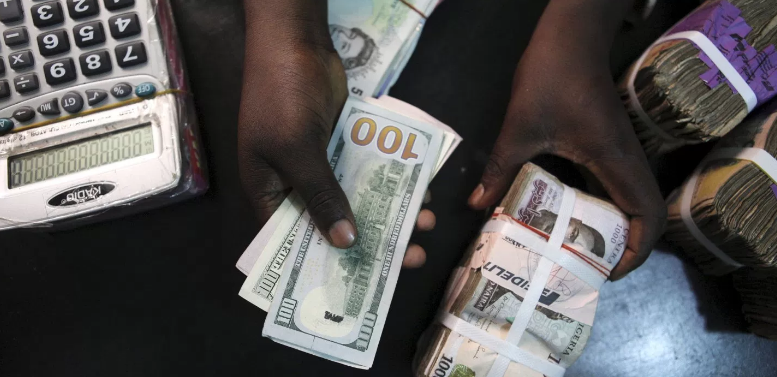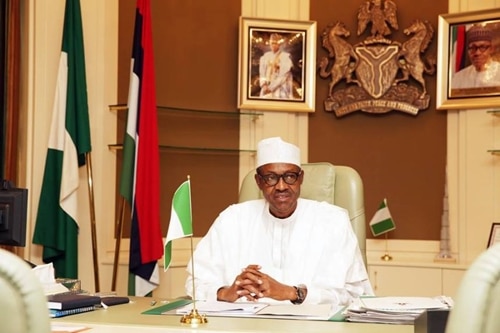How external reserves shed $268m in one month

The nation’s external reserves shed no less than $268 million in the space of one month, due to continual injections of the foreign exchange by the Central Bank of Nigeria (CBN) into the official interbank market, the latest figure on its official website has revealed.
The reserve has risen by $4.7 billion since the beginning of the year, but as of May 25, 2017, standing at $30.49 billion, against $30.76 billion stood exactly a month ago.
The statistics further showed that the current balance $30.49 billion as of May 25, represents the lowest level since April 18 and down 0.87 percent from a month ago.
However, the figure as of May 8, 2017 stood at $30.93 but dropped by $145.7 million or 0.48 percent from $30.66 billion it opened two weeks ago to $30.5 billion last Thursday.
Although, the forex reserves, according to the apex bank’s data went up by 15.27 percent year-on-year, as the Africa’s biggest economy shrank by 1.5 percent in 2016 in its first annual recession in 25 years, hit by a shortage of hard currency and lower revenue from its dominant oil sector as world crude prices remained under pressure.
The central bank has been intervening on the official market to try to narrow the spread between the official interbank and black markets. It has sold over $4 billion since February, but analysts doubt that this pace can be sustained.
The reserves of the OPEC member country have grown by $4.4 billion year to date due to recovery in global oil prices and increased production. The reserves stood at $26.09 billion at the beginning of the year and $26.45 billion a year ago.
Despite recent increased global oil prices, the external reserves continued to drop over CBN’s introduction of new windows.
For instance, the central bank on Tuesday intervened in the official foreign exchange market to the tune of $482.6 million, which has helped the local currency to jerk up by two points, closing at 378 per dollar at the parallel market.
The naira on Wednesday closed the trading at an appreciable rate of 387 to the dollar, and repeated the gains against the Pound sterling and Euro, respectively, closing at 420 and 490 against 422 and 492 traded on the unofficial market the previous day.
But dropped slightly at the official market to close at 305.40 compare to 305.35 to the dollar, a rate it exchanged for most part of last week.
The central bank has been intervening on the official market to try to narrow the spread between the official interbank and black markets. It has sold around $4 billion since February, but analysts doubt that this pace can be sustained.
The local currency was quoted at 380.33 per dollar at the investor window on Tuesday, according to the market regulator FMDQ OTC Securities Exchange.
Meanwhile, the price of Organization of the Petroleum Exporting Countries (OPEC) basket of 13 crudes stood at $51.96 a barrel a week ago, compared with $51.34 the previous day.
OPEC last Thursday renewed an agreement to withhold some crude-oil supplies into March 2018, doubling down on its bet that it can raise prices despite soaring output from American shale producers.
Brent crude dipped before regaining some ground to $53.77 a barrel following reports of the extension until March 2018.
Non-OPEC members are also meeting to decide whether they will agree to more production cuts.
Kuwaiti oil minister Essam al-Marzouq has reportedly confirmed OPEC’S agreement to extend the output curbs.
OPEC countries and 11 other oil-producing nations, including Russia, first agreed to reduce production last December in an effort to boost flagging prices.
The reduction was almost 1.8 million barrels per day – equivalent to about two per cent of global oil production.
Last Tuesday, the Monetary Policy Committee (MPC) of the CBN concluded its two day bi-monthly meeting in Abuja, with retention of all status quo unchanged.








